by Mary Thorson
Colorado, home of the Rocky Mountains, the state with the highest elevation. I walk out my door and look left, and then right. There are hills no matter which way I go. And when I say hills, I mean HILLS. I am not sure I even knew what it meant to run hills until moving to Colorado. You know sometimes I just want to go for a nice easy FLAT run. But welcome to Colorado! It has certainly taught me (or forced me) to embrace the hills. You have to hit the hills even when you don’t want to. But good news!!!! Whether you are training for a 5K or a marathon, hill running will make you a much better and stronger runner.
3 Reasons Why You Need to Run Hills
- I
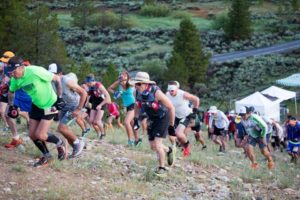 ncreases speed and strength: Powering up a hill at certain intervals can simulate the heart rate intensity of a track work out without the speed of the track. The shorter strides you take in those efforts results in increased leg turnover on race day. Running uphill also forces you to lift your knees higher than usual, increasing quad strength and translating into more power, speed, and stride length on a flat surface.
ncreases speed and strength: Powering up a hill at certain intervals can simulate the heart rate intensity of a track work out without the speed of the track. The shorter strides you take in those efforts results in increased leg turnover on race day. Running uphill also forces you to lift your knees higher than usual, increasing quad strength and translating into more power, speed, and stride length on a flat surface. - Prevents injury: Running hills gives variety to your muscles by using those not regularly used and allowing others to recover.
- Improves endurance: Climbing a hill naturally increases your heart rate thus increasing both your aerobic (endurance) and anaerobic capacity. Your now improved muscle strength also allows you go longer without fatigue.
3 Tips to Help You Get Up Those Hills
- Posture: Keep your shoulders back, chest open and up. Runners tend to hunch their shoulders and slouch when they get tired. This will constrict your airway and make it harder to breath. Lean into the hill, but lean with your hips, not your waist. Keep your head and eyes up.
- Arm swing: Drive your arms straight back and forward using them to propel you forward, keeping them at 90 degree angles at the elbows. Do not swing them across your body.
- Pick up your knees: Think about shortening your stride and lifting your knees, driving off the hill (not into the hill).
3 Hill Workouts to Add to Your Running Routine
- 60s hill repeats
- Find a hill steep enough to feel like a hill but not so steep that you can’t maintain good leg turnover
- Comfortable 2 mile warmup
- 5-10 x 60 second hard effort uphill
- Start with 5 reps, and build to 10 or more reps once you’ve built some hill strength. This should be hard, but not an all out sprint, especially at first! Try to make the last one your fastest.
- Recovery jog back downhill
- Comfortable 1-2 mile cool down
- Hills in a long run:
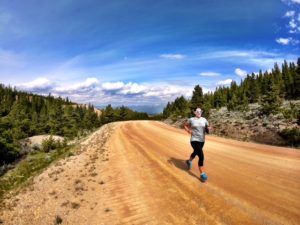 Purposely pick a long run course with at least one or two hills that you can both climb and descend down the other side within a mile or less. This is great for incorporating into training for marathons like Boston, San Francisco, or Austin, where you know you’ll have to do some climbing on fatigued legs!
Purposely pick a long run course with at least one or two hills that you can both climb and descend down the other side within a mile or less. This is great for incorporating into training for marathons like Boston, San Francisco, or Austin, where you know you’ll have to do some climbing on fatigued legs!- Run your regular long run pace for 3-5 miles, then climb your first hill, focusing on form and maintaining your pace on the way up and controlling your body on the way down. Once you’ve totally descended, turn around and climb up and over the hill again! Depending on your route you might need to do that third rep to continue on your way. Aim for consistency in pace and running all the way up the hill: don’t stop at almost the top! Get to the top and don’t slow down and you coast down the other side.
- Long and Short Hill Repeat: This is a fun way to build good leg speed for the end of a race, when you know you need to run fast but your legs feel like spaghetti.
- Comfortable 2 mile warmup
- 4-6 x 90 second hill repeats
- Run hard on the way up, easy jog recovery on the way back down. Again, not such a steep hill that you can’t maintain good leg turnover, but it’s got to feel like a hill! Not an all out sprint. THEN
- 4-6 x 30 second hill repeats. Pick up the speed quite a bit more for these since they are much shorter. Focus on a forward lean, lifting your knees, and driving your elbows back.
Try incorporating one of these workouts into your routine once a week. Don’t shy away from that route with the hills. Don’t complain to your coach. If they are anything like mine, they will ignore you because they know the value of the hills. In fact, these hill workouts were written by my coach who says
“Avoiding hills training leaves you vulnerable come race day. Practice hills and get familiar with that temporary fatigue. You’ll gain both physical strength and mental confidence knowing you can crush whatever inclines come your way during a race!”

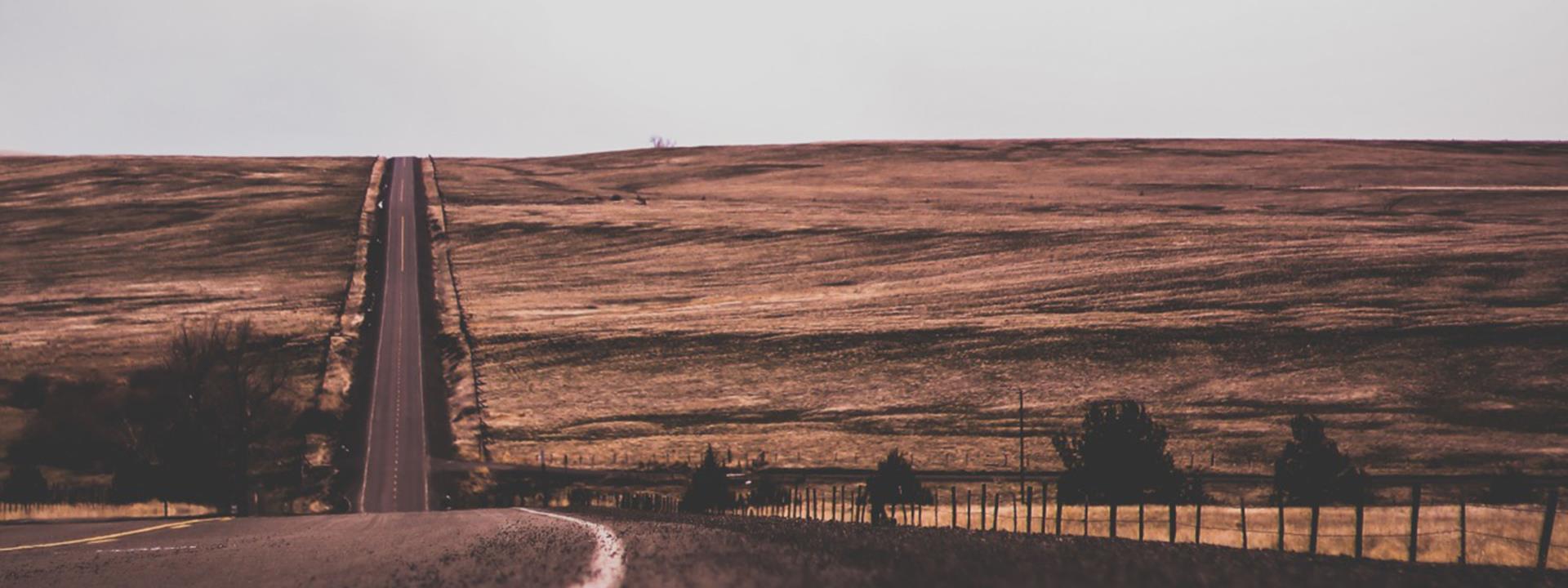


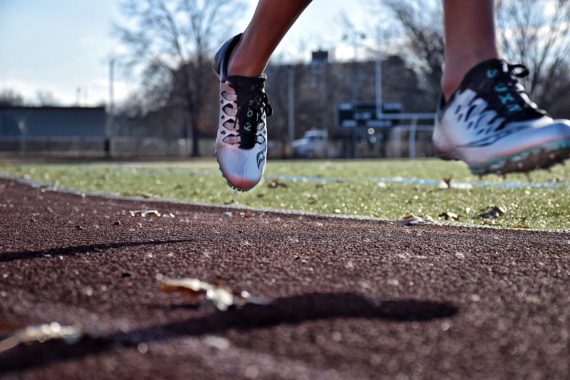
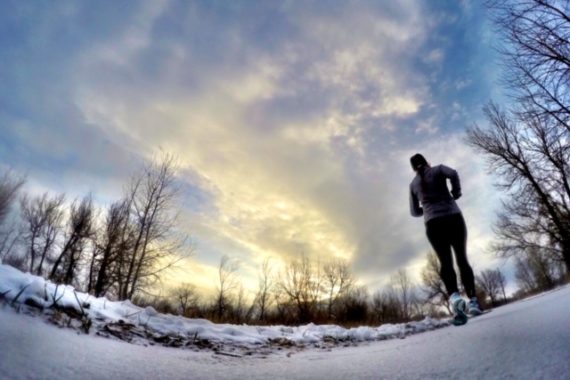





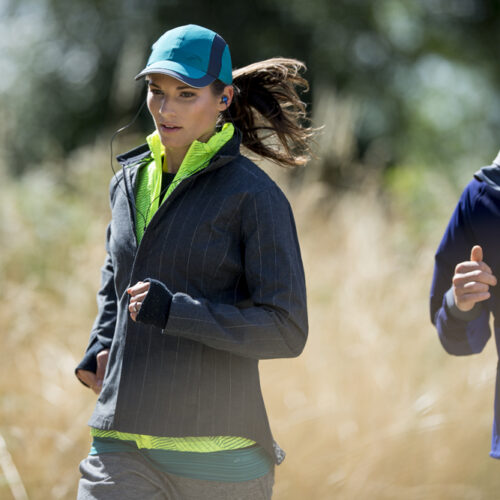
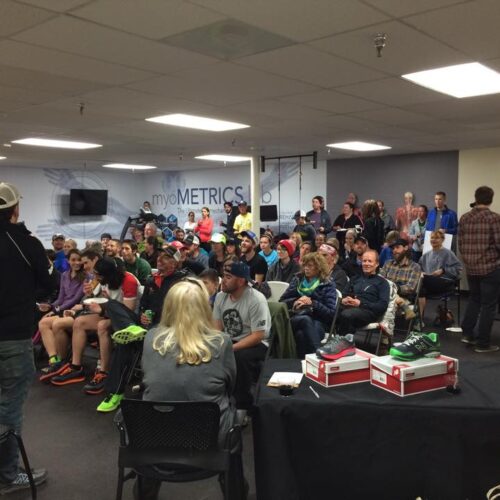
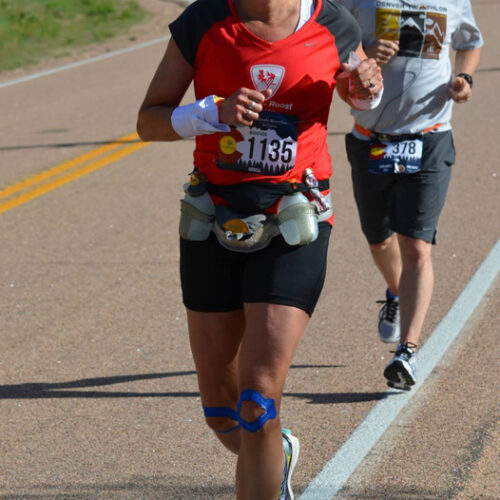

Recent Comments